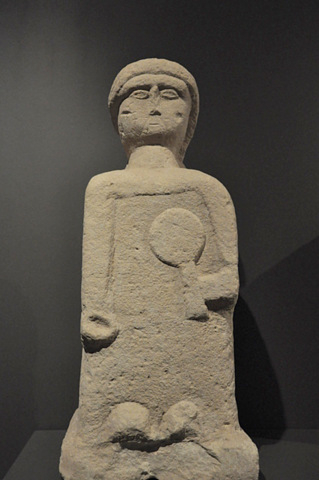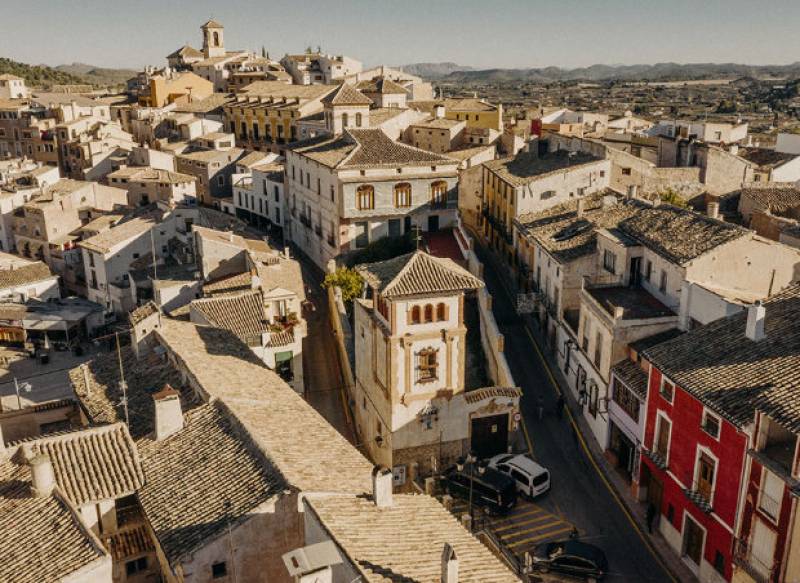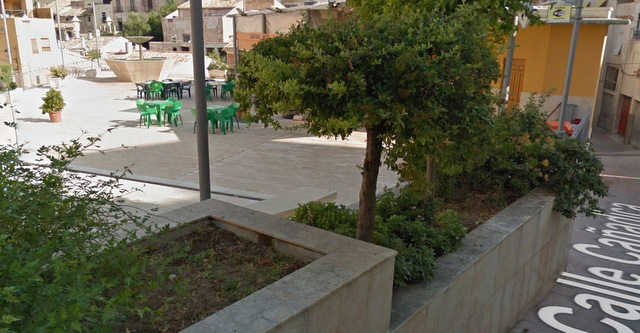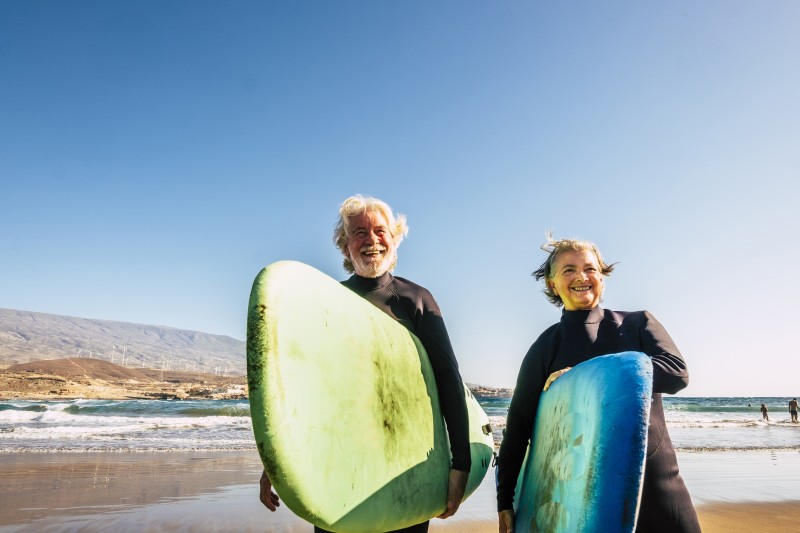
To be listed on the CAMPOSOL TODAY MAP please call +34 968 018 268.

Guidelines for submitting articles to Condado Today
Hello, and thank you for choosing CondadoToday.com to publicise your organisation’s info or event.
Condado Today is a website set up by Murcia Today specifically for residents of the urbanisation in Southwest Murcia, providing news and information on what’s happening in the local area, which is the largest English-speaking expat area in the Region of Murcia.
When submitting text to be included on Condado Today, please abide by the following guidelines so we can upload your article as swiftly as possible:
Send an email to editor@condadotoday.com or contact@murciatoday.com
Attach the information in a Word Document or Google Doc
Include all relevant points, including:
Who is the organisation running the event?
Where is it happening?
When?
How much does it cost?
Is it necessary to book beforehand, or can people just show up on the day?
…but try not to exceed 300 words
Also attach a photo to illustrate your article, no more than 100kb

article_detail
La Dama de Cehegín
La Dama de Cehegin, a late Roman piece.
 The piece known as the Dama de Cehegín, the lady of Cehegín, was found in 1967 in the area called "El Tollo" which is around 1km form the urban centre of Cehegín, and just a few metres from the side of the main road linking Cehegín with Murcia.
The piece known as the Dama de Cehegín, the lady of Cehegín, was found in 1967 in the area called "El Tollo" which is around 1km form the urban centre of Cehegín, and just a few metres from the side of the main road linking Cehegín with Murcia.
The piece was literally lying in a field and came to light when the farmer who owned the land was digging holes to plant apricot trees. The farmer who discovered the pieces sold it to a sculptor, who then donated it to the Regional archaeological museum in Murcia, where it is on display today.
The area in which the piece was discovered contained abundant fragments of mosaic, fragments of sigillata ( a material used on walls and floors) and many fragments of imbrex and tegula which were the 2 types of tiles used to create waterproof roofing, one flat and one curved.
These materials date from between the 1st century BC to the 3rd Century AD, although fragments of geometrical mosaic in the area point towards a later date in the 4th Century. Taking a number of factors into account, this figure has been given a date of around the middle of the third century AD, which puts it in the later part of the Roman occupation of Cehegín.
The piece is carved from a prismatic block of sandstone, which is representative of the techniques and materials used in Iberian sculptures, although the Iberians as a definable population had disappeared by around 50 BC, becoming "romanised" and absorbed into the "Roman " populus, but the piece is definitely of a naive, and very "local " rustic style.
The figure is irrefutably female, although the form itself is indistinct and represented by simple chiselled lines. Light incisions indicate hair and the mouth is a mere suggestion of a line, although the eyes are more distinct, being pronouncedly almond-shaped in their definition. The figure appears to be wearing a sagum, which is a cloak worn in the latter part of the roman occupation, and some sort of jewellery.
However, the most compelling evidence for archaeologists of its relevance are the mirror and vase held by the figure, symbols which normally have a funereal association.
Other pieces which are fairly similar in their execution have been found in other places, in the Valley of Arán( on the pirinean French border) and Navarra, for example, both significant points of Roman occupation, and the depiction of a female form with mirror and aryballos, which is a spherical or globular flask with a slim neck, used for perfumes or oils, is a well documented motif, particularly widely used in Greek or Attic ( an area close to Athens) ceramics and sculptural pieces.
There is evidence that at the time of execution, this figure would have been vividly painted.
La Dama de Cehegín is 75cm tall.
Although its existence is undoubtedly due to the size of population which existed in Begastri at this point, its discovery out in the countryside surrounding the town is an indication of just how widespread and significant the population would have been in Begastri during this period. Although Begastri itself is high on a hilltop near to where the figure was found, it is likely that during the Roman occupation, much of the population would have lived permanently in agricultural dwellings surrounding the town, with the main military and civil buildings occupying the higher zones. It is believed that as many as 13,000 people lived here at this point, the same number who occupy modern Cehegín.
The Dama de Cehegin is in the Municipal archaeological museum in Murcia Capital.
article_detail
Contact Murcia Today: Editorial 000 000 000 /
Office 000 000 000








